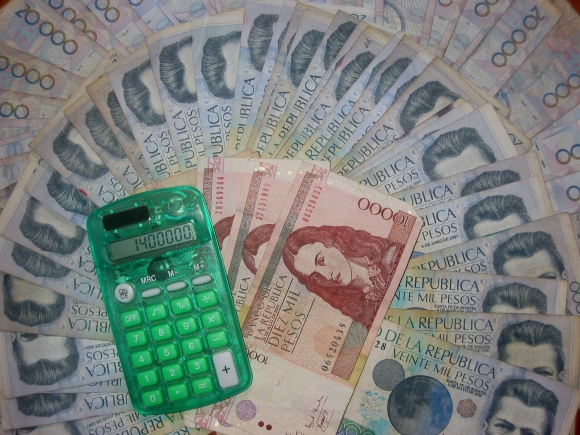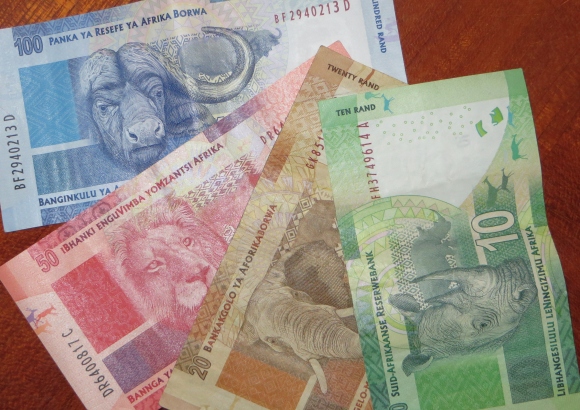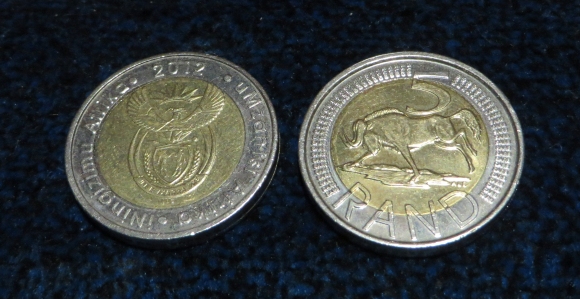Favorable Exchange Rates
/It seems wherever we travel the last few years, the exchange rate has risen dramatically and never in our favor … until our arrival in South Africa, that is. Americans don't think about how strong or soft the dollar is. Why would you if you're always dealing in the same currency? If you're traveling abroad, however, the dollar exchange rate is very important to your budget. It's the difference between dining out and eating aboard or taking an inland trip or not. When we were in Australia, the American dollar was weak. Australia is an expensive country to start with and adding a premium of 10-15% on top of that to account for the exchange rate was painful. Every Australian dollar we spent really cost us US$1.12+. Ouch! Now that we've left Australia, the exchange rate has dropped to about 75¢ to the US$1. Goes to show how our spending in a country contributes significantly to their national economy.
South America was one of our favorite places to be when it came to favorable exchange rates. We could eat out in Ecuador for US$5 per meal and the national currency was the US$! In Venezuela, diesel cost us about 12¢ a gallon … delivered to the boat. Our haul-out and boatyard bill totaled over a million bolivars, but the cost was actually around US$600. In Colombia, the exchange rate was ~2500:1.
There are several currency converters available on line. I tend to use the same one, Oanda, all the time and we check it regularly if we're making big purchases. When we were in South Africa in 2007, the exchange rate was about 7:1, rand to US$. When we arrived in Durban last December, the rate hovered around the 11:1 mark. Today, we saw over 12:1, heading towards 13. Great for us; not so good for South Africans trying to buy imported products. The largest denomination, R200, is worth about US$16. That said, we've been spurring on the economy with all of our boat repairs … very good for local merchants and tradesmen.
South African money is great, by the way - very colorful with pictures of Mandela on one side and the Big Five on the other. I learned that the abbreviation for the rand, ZAR, stands for Zuid-Afrikaanse Rand … South African Rand in Dutch. The bills are in R10, 20, 50, 100 and 200 denominations and become about 1/4” longer with each denomination increase.
They've also got a nifty bi-metal R5 coin.
The Namibian dollar, at our next port of call in Lüderitz, is tied to the South African rand, so we'll be doing okay and we don't have to spend our last rand before leaving South Africa since they accept rand as well as dollars. Heading across the Atlantic, however, will not be to our advantage as our US$ is only worth 62¢ against the St. Helena pound, the currency of both St. Helena and Ascension. Our dollar won't go very far there, but hopefully we'll be all stocked up and won't have to spend much. On the other side of the pond, who knows?







